
Montana is a land of rugged beauty—its sweeping plains, towering mountain ranges, and dense forests are legendary among adventurers, dreamers, and mystery-seekers alike. But beyond its natural splendor, hidden in its vast expanses, lies a puzzle that’s captivated the curious for generations: the Sage Wall.
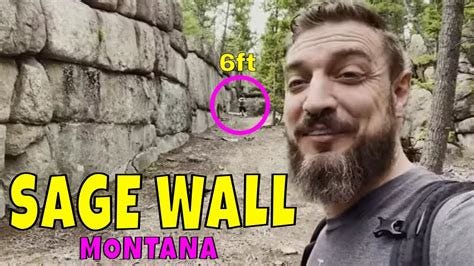
Tucked away in an isolated stretch of wilderness, this enigmatic structure raises more questions than answers. Is it a remnant of an ancient civilization? A natural formation misinterpreted by explorers and locals? Or perhaps something even more inexplicable, rooted in the very essence of mystery that seems to permeate Montana’s wild lands?
The Discovery: A Wall in the Wild
The Sage Wall is not a popular tourist destination. In fact, it’s almost impossible to find unless you know exactly where to look. Rumors of its existence have been whispered among those who frequent the deep, untamed parts of Montana’s wilderness—hunters, hikers, and amateur archaeologists alike. The wall, discovered in 1996 by Christopher Borton and Linda Welsh while hiking their property near Whitehall, MT, has since become a central feature of their privately owned Sage Mountain Center.
The structure is a "275-foot-long by 24-foot-high jaw-dropping marvel" composed of massive stone blocks. Unlike the natural rock formations in the region, the Sage Wall exhibits an eerie symmetry.
The stones, some weighing several tons, are stacked with such precision that modern-day archaeologists struggle to explain how they came to be placed there, let alone by whom.
The wall, composed of massive stone blocks, is seemingly out of place amidst the rolling hills and sagebrush plains. Unlike the rocky outcrops and natural formations in the region, the Sage Wall exhibits an eerie symmetry. The stones, some weighing several tons, are stacked with such precision that modern-day archaeologists struggle to explain how they came to be placed there, let alone by whom. They are not mortared together, but fit snugly—so much so that a knife blade can’t easily slip between them, reminiscent of construction techniques seen in far-flung parts of the world like Machu Picchu or the Great Pyramids.
What’s Behind the Name?
The term “Sage Wall” is derived from the abundant sagebrush that surrounds the structure, but it’s also a nod to the sense of ancient wisdom the wall seems to exude. It feels out of time, out of place—yet rooted in the Earth’s deeper mysteries. Those who’ve stood before it speak of a quiet, almost mystical aura, as if the land itself is guarding secrets long forgotten.
But while the wall’s presence is undeniable, its origins remain obscured by speculation, folklore, and the haze of history. Some locals insist that it’s the work of an ancient, pre-Columbian civilization that once thrived in the area, long before European settlers arrived. Others believe it might be a natural formation, the result of unique geological processes that mimic human construction. Then there are the stories that go beyond the realm of science or history.
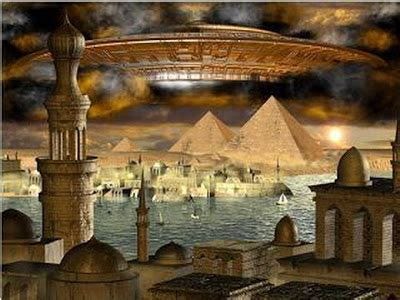
Legends and Lore: A Portal to Another World?
As with any unsolved mystery, the Sage Wall has become fertile ground for speculation, and Montana’s more mystical thinkers have no shortage of theories. Some claim that the wall is a remnant of a lost civilization, a culture so ancient that even Native American oral traditions have forgotten them. Others go further, suggesting the wall is not merely a physical construct but a “portal” to other worlds or dimensions. These ideas, of course, are dismissed by mainstream historians and scientists, but they persist in the realm of folklore.
Some have even suggested that the wall is a remnant of a time when the land itself was more fluid—when barriers between realities were thinner. While such tales may seem fantastical, they echo with the same strange energy that surrounds many of Montana’s other natural wonders—stories of unexplainable disappearances, odd sightings, and ancient spiritual connections that have long been part of the state’s lore and even more ancient connections. Is this all BS or no?
The Theories: Science Meets Speculation
For those less inclined to embrace the supernatural, the Sage Wall still presents a mystery that invites inquiry. Archaeologists who have studied it (though such studies have been limited due to the remote nature of the site) have noted the difficulty in pinpointing its age. There are no definitive records of its construction, and attempts to carbon-date organic material around the site have yielded inconclusive results.

One hypothesis suggests that the wall is a product of early Indigenous construction techniques, potentially linked to ceremonial or astronomical purposes. The stones could have been quarried and moved using sophisticated knowledge of physics and engineering, though this theory has its detractors, given the sheer size and weight of the materials involved.

Others argue for a natural explanation, positing that the wall is the result of an unusual type of erosion or seismic activity that caused the stones to fracture and settle in a way that mimics human design.
However, this fails to explain the regularity and precision of the stone placement.

What Lies Ahead?
The Sage Wall of Montana remains one of the state’s most tantalizing mysteries. The area is sparsely visited, not out of disinterest, but because of the difficulty in reaching it and the uncertainty surrounding its origin. Unlike some of the more famous unsolved enigmas of the world, there’s no active push from mainstream archaeologists or historians to crack the case—perhaps because it feels like the wall is guarding its secrets intentionally (or someone is hiding its history intentionally).
The next time you find yourself drawn to the raw, untamed beauty of Montana, remember the Sage Wall. Whether you view it as a relic of ancient times, a natural wonder, or something more mystical, it stands as a testament to the profound mysteries of both the land and the human spirit.
One thing is for sure…Montana is a state full of wonder and awe!






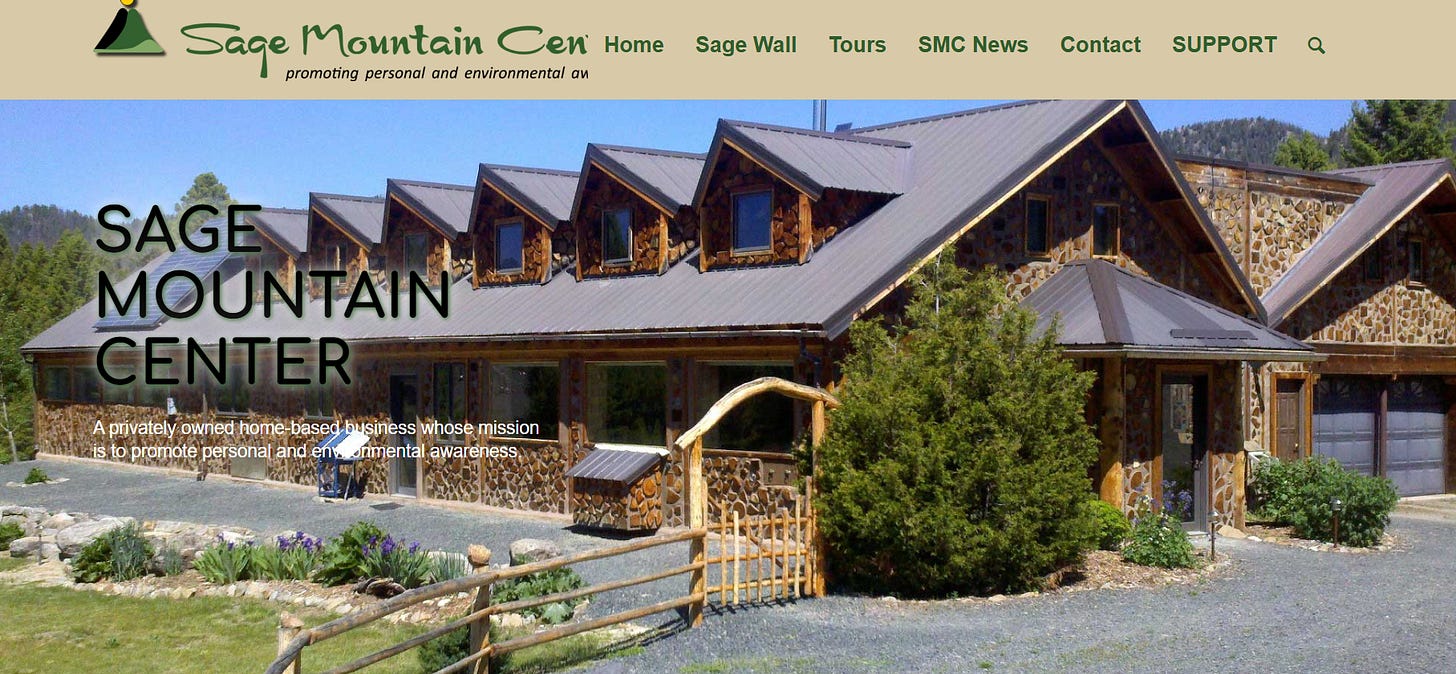
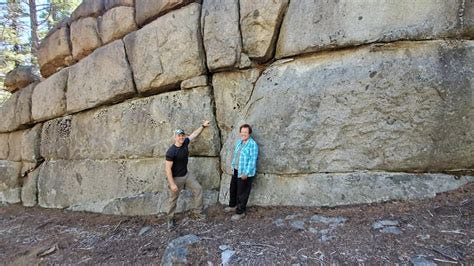





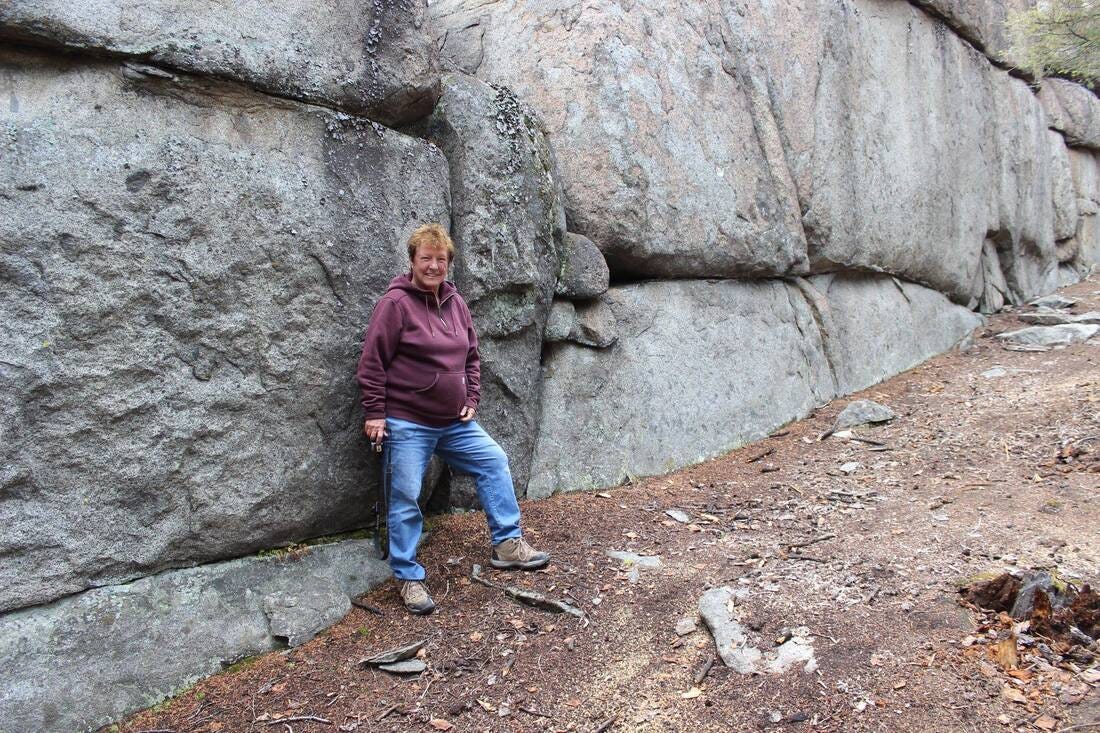
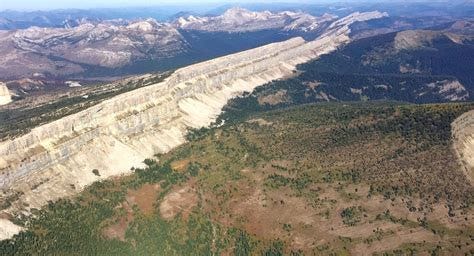
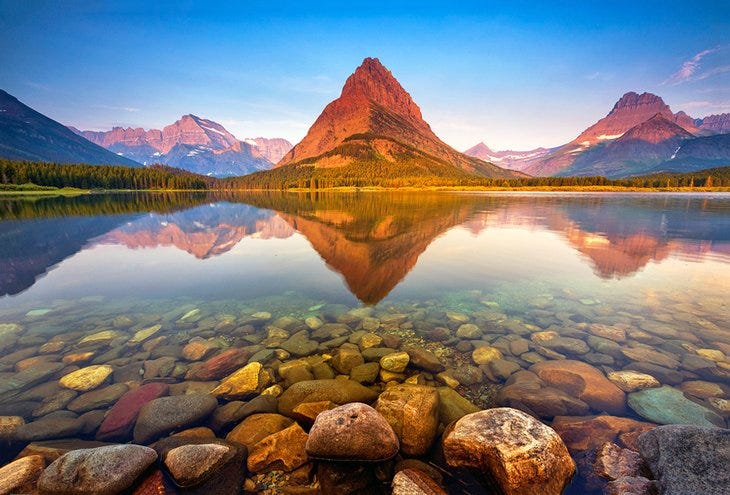
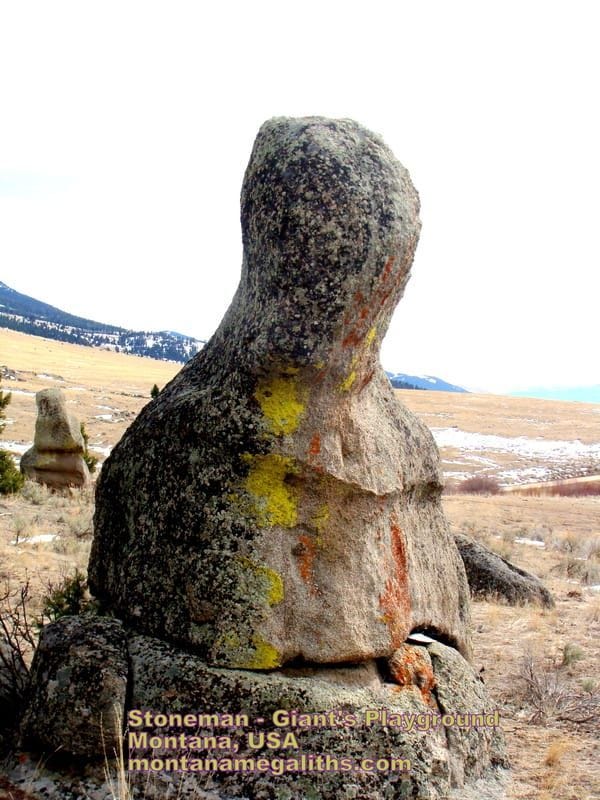
the stone man reminds me of Easter Island
There's a completely lost (or hidden) era of history in this part of the world.